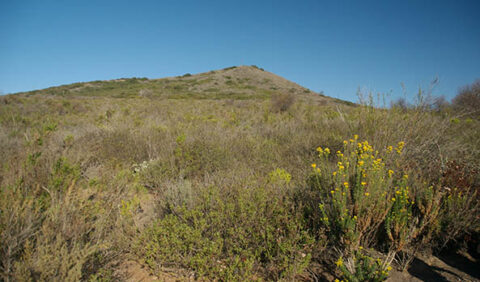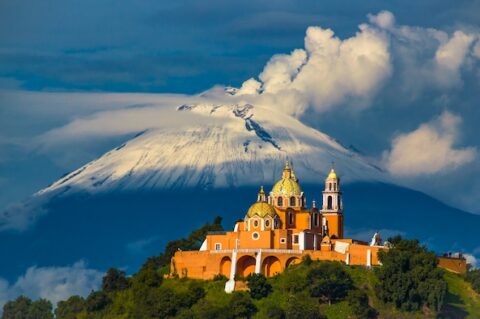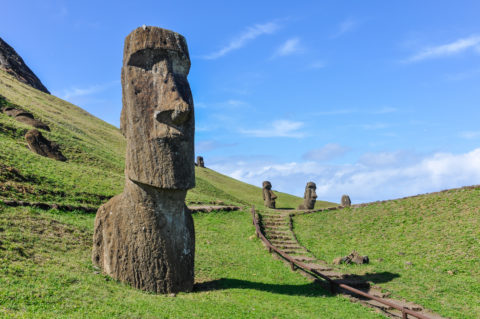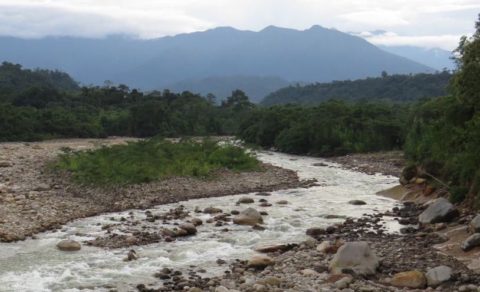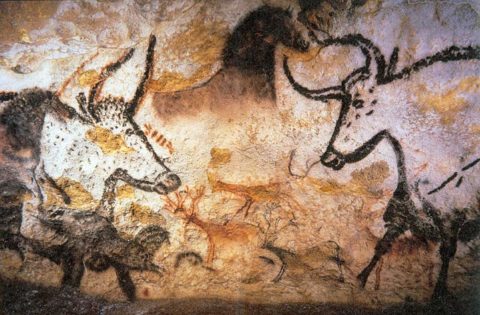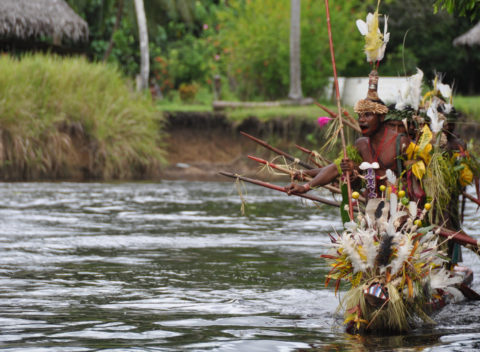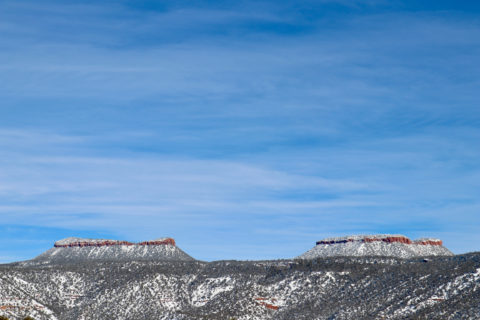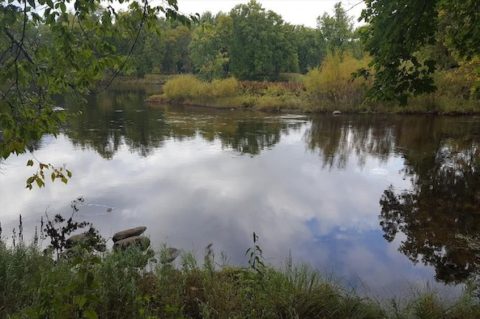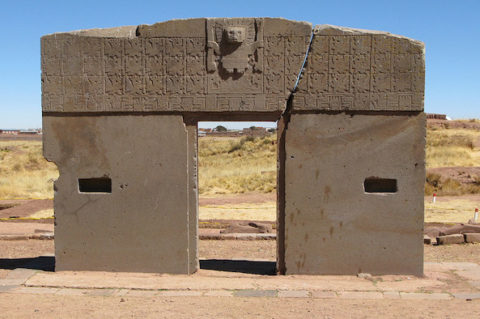The greater Bears Ears area encompasses more than 1.9 million acres and is saturated with geological, cultural, spiritual, ecological, and archaeological diversity. Located in the southeastern corner of the land commonly known as the state of Utah, the region is defined by two 8,000-foot mountain buttes that rise above the landscape, twin plateaus resembling the ears of a large bear peeking over the northern horizon. The Hopi Tribe calls this land Hoon’Naqvut; for the Navajo, it is known as Shash Jaa’. For the Ute Tribe it is Kwiyagatu Nukavachiand for the Pueblo of Zuni, Ansh An Lashokdiwe. In each language it is “Bears Ears.”
